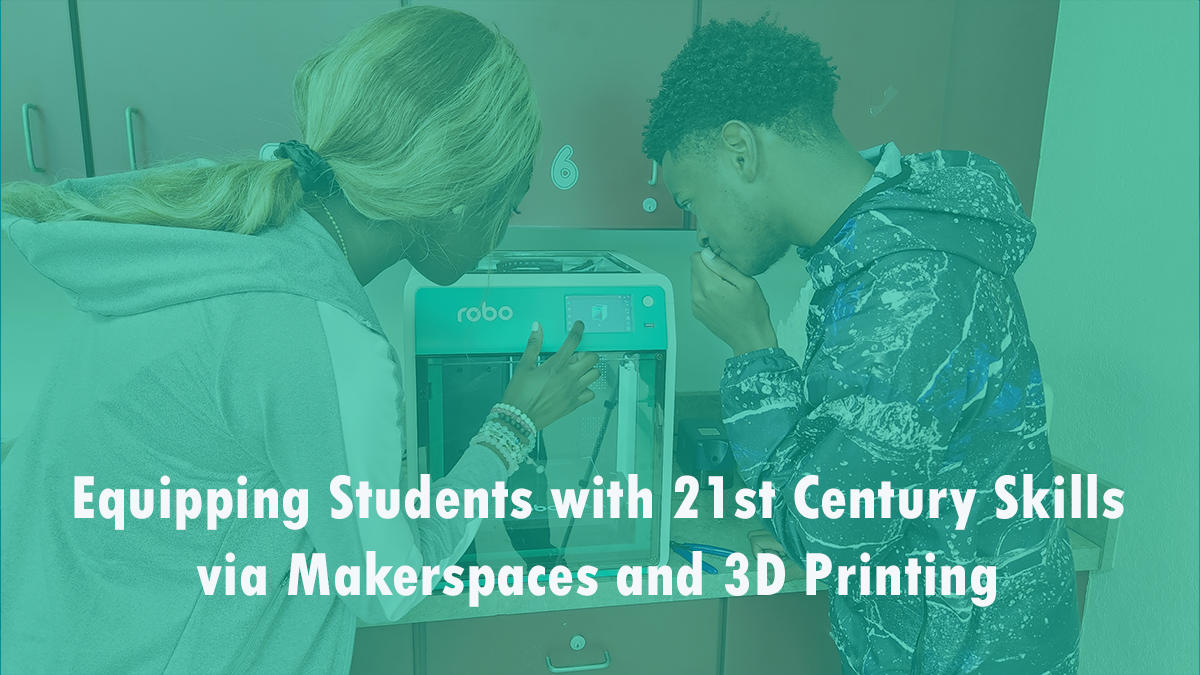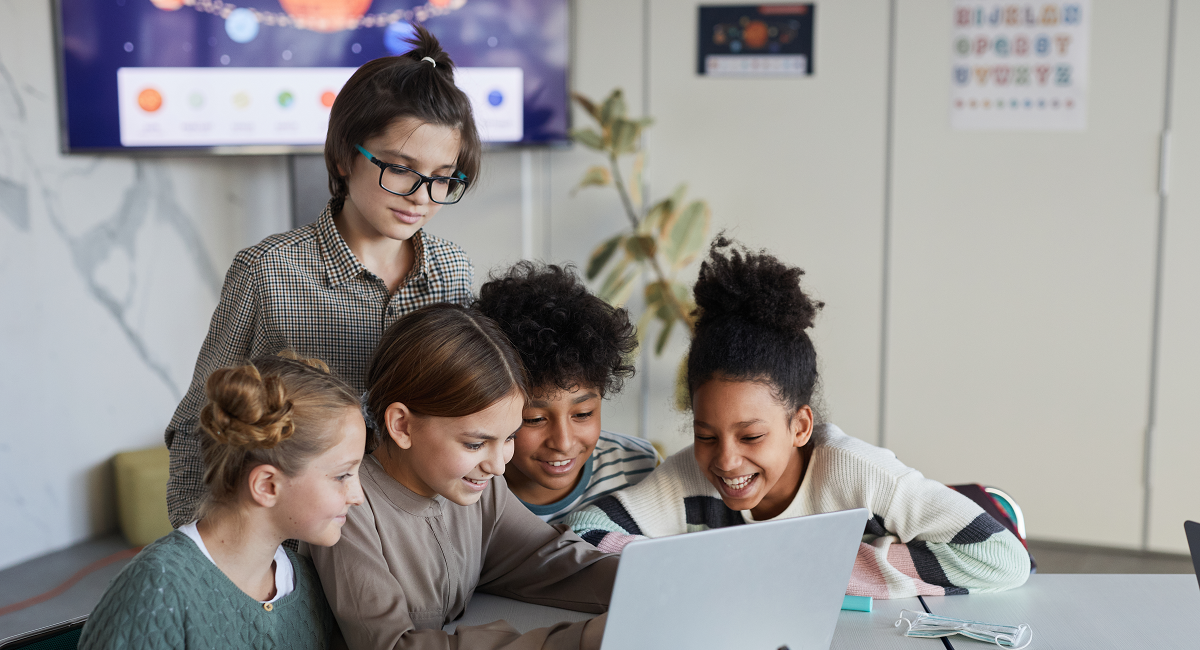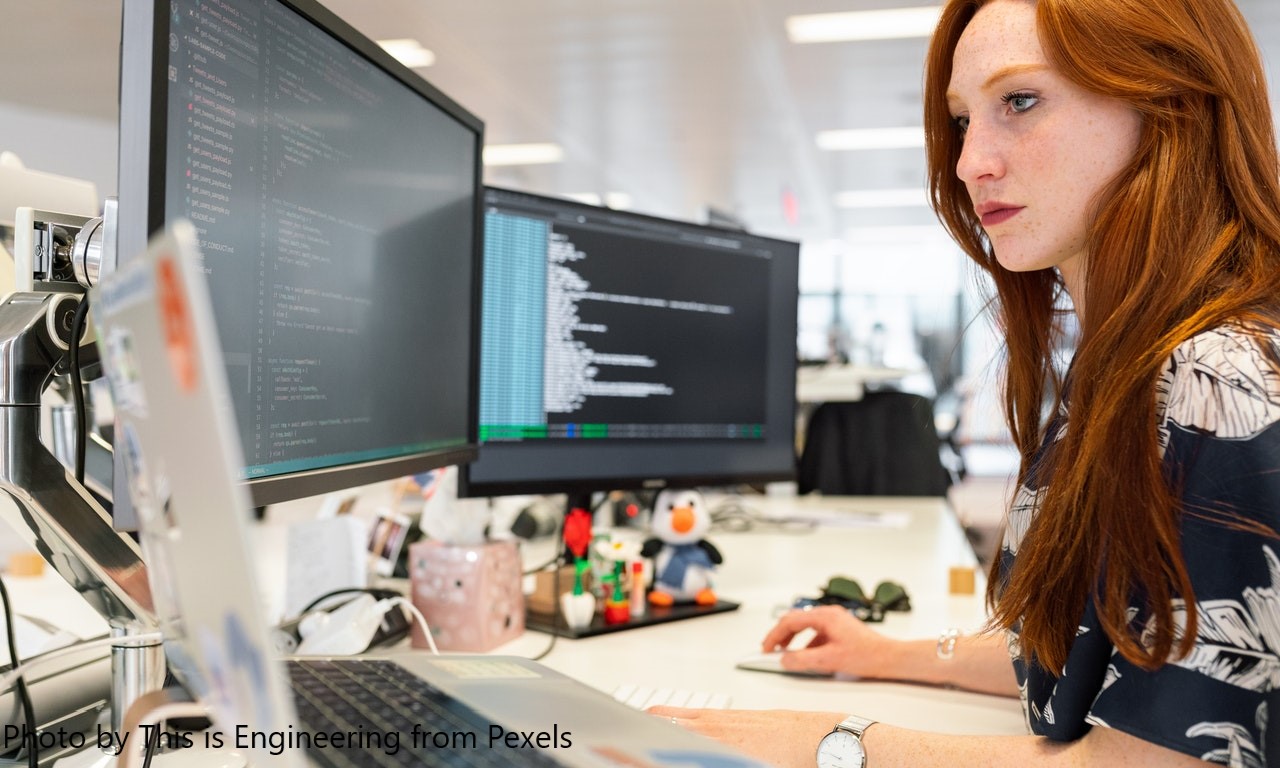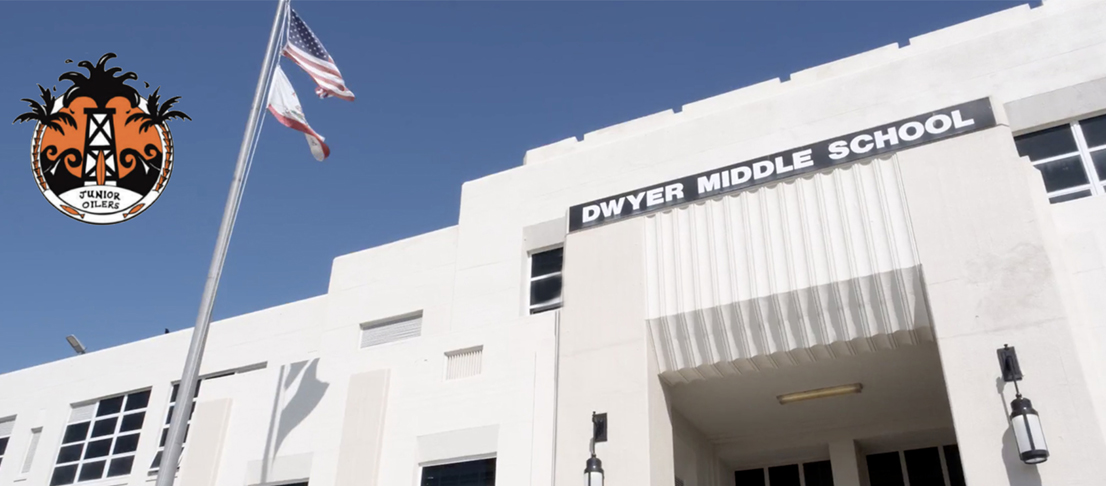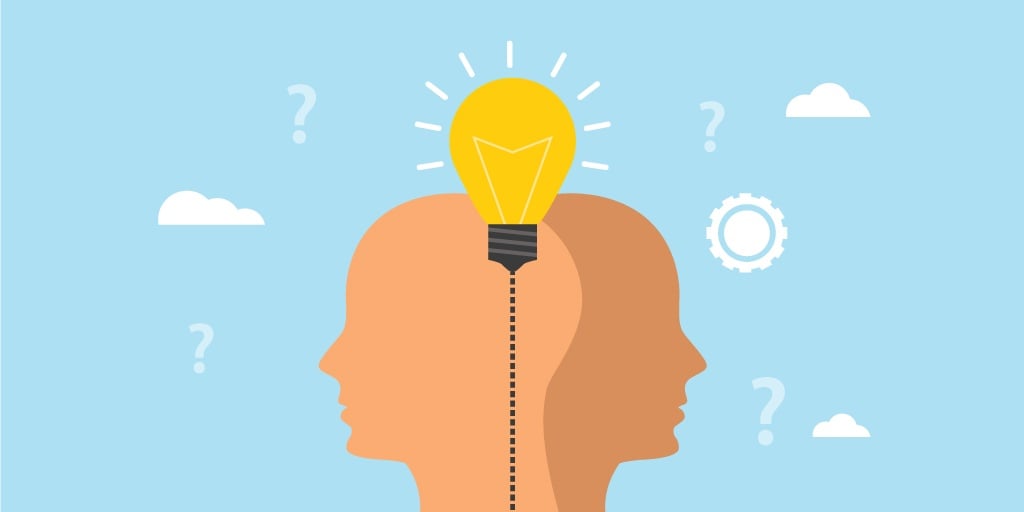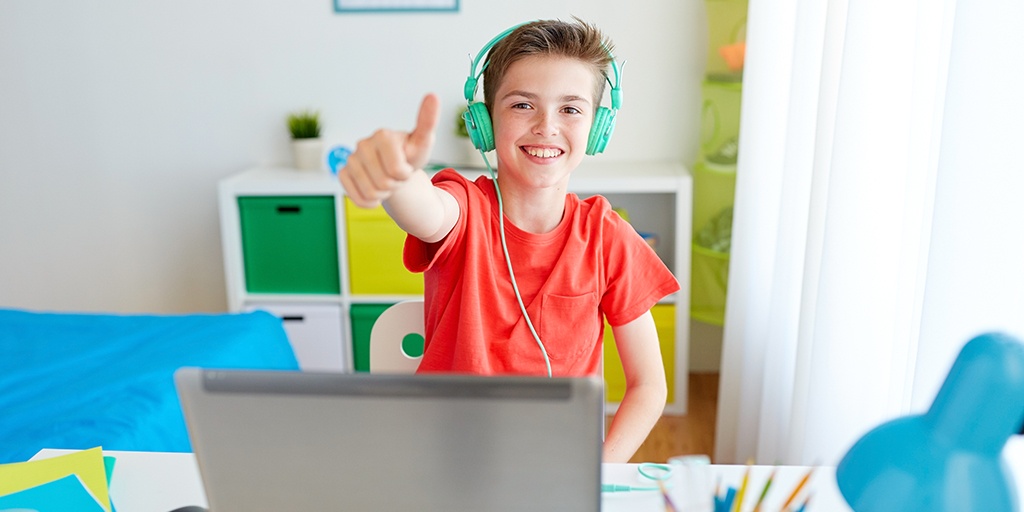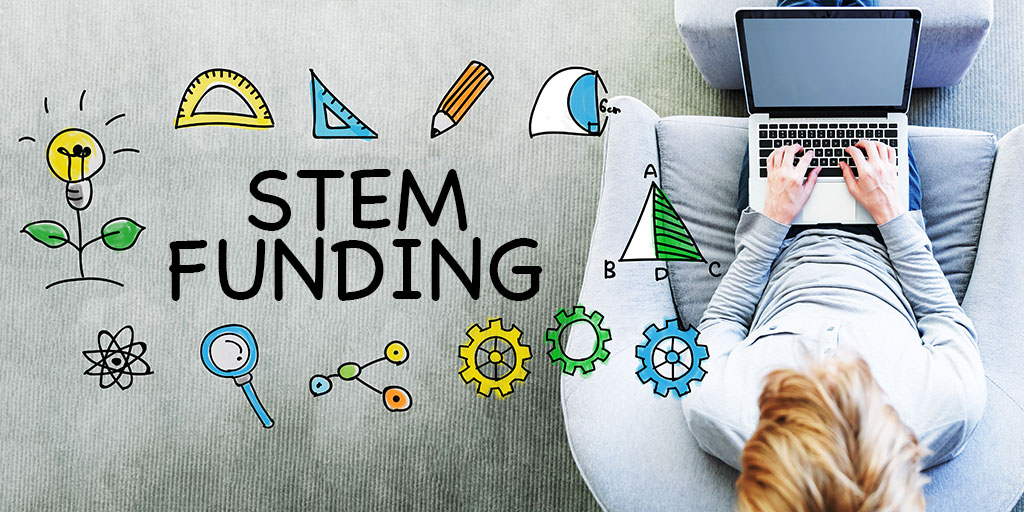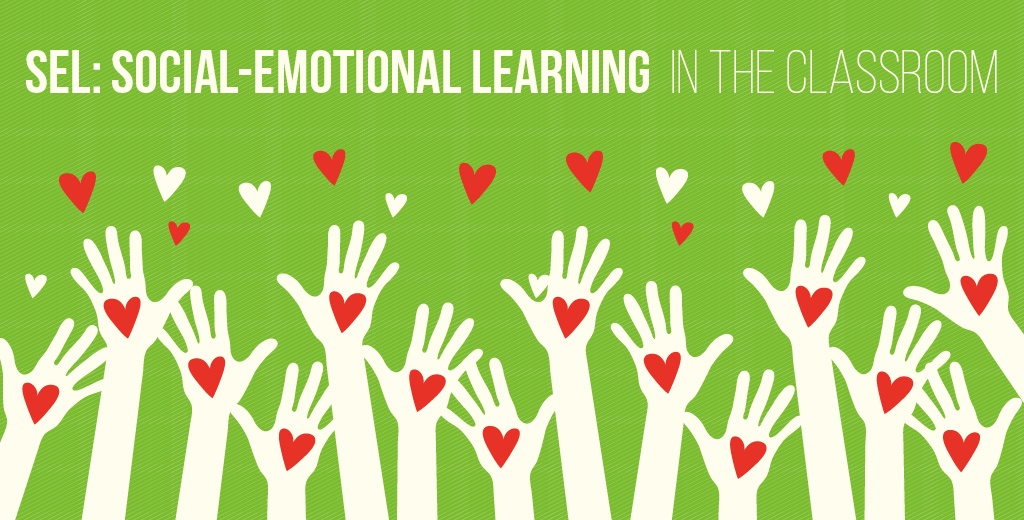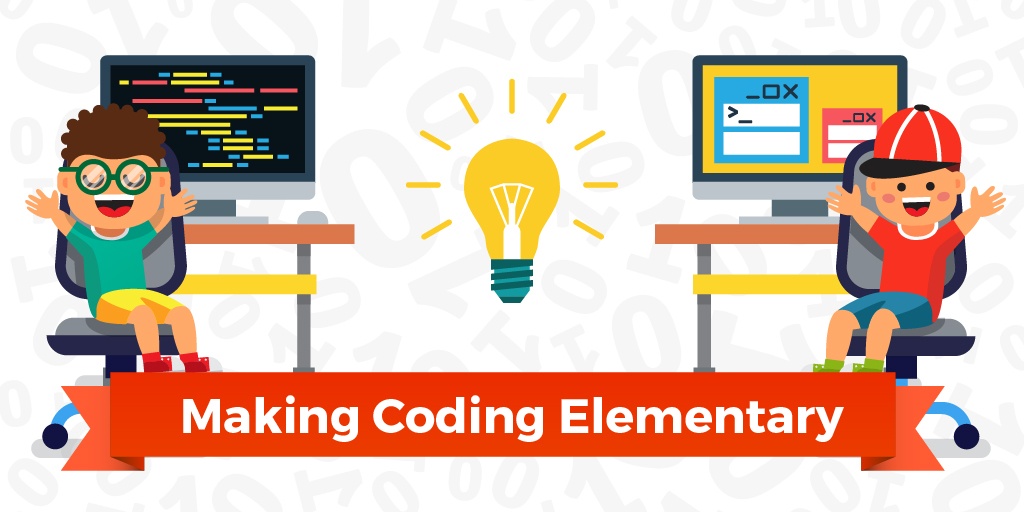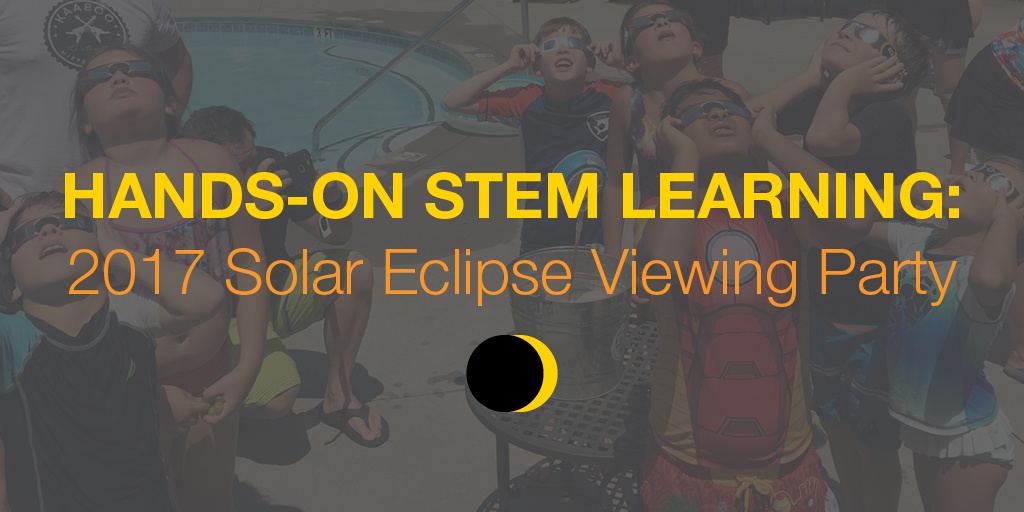Incorporating 3D printing technology and enhancing makerspaces can be challenging due to the need for adequate training, resources, and curriculum alignment. Despite these hurdles, more schools are creating makerspaces to provide students a space for creative design. These collaborative workspaces give students dynamic opportunities to unleash their creativity and develop key skills needed to deal with real-life challenges. From kindergarten to beyond, students have opportunities to engage in hands-on learning experiences, including when 3D printing technology is involved.
Equipping Students with 21st Century Skills via Makerspaces and 3D Printing
Topics: 21st Century Skills, Maker, 3D printing, STEM education, Makerspace
Inclusive Spaces: Building a Dynamic Learning Ecosystem
School decision makers and leaders recognize the evolving needs of educators and students in this fast-paced digital world. They understand how an optimized learning environment can foster dynamic teaching and learning. The traditional classroom setup is transitioning into a vibrant ecosystem where technology plays a significant role in enriching the educational experience. In this article, discover how fostering essential 21st-century skills by utilizing innovative educational tools also advances access, inclusion, and equity for all learners.
Topics: Classroom Technology, Education Technology, 21st Century Skills, edtech, hands-on learning, Learning Ecosystem
Web developers are responsible for designing and creating websites. In addition to ensuring the functionality of the site, they are also in charge of meeting their clients’ aesthetic requests, capacity needs, and technical demands.
Topics: 21st Century Skills, STEM, STEAM, steam education, STEM education
Transforming a Historic Middle School Into a 21st Century Learning Space
Situated in one of the lowest-funded school districts in California, Ethel Dwyer Middle School is a Huntington Beach icon. Built in the 1930s, the school’s principals were historically focused more on coaching teachers and encouraging success than on the actual teaching, learning, and staff management.
That changed when Christa Glembocki moved into the principal role a few years ago. “I wanted to set the stage for working as a team,” she says, “and being there for the betterment of our students.”
Topics: 21st Century Skills, Case Studies
Every teacher’s goal is for students to use critical thinking in the work they do. Students who can think critically grow into lifelong problem solvers. Critical thinking with students means that they can take information and analyze it, draw conclusions, form and defend opinions with data to back it up, reflect on their work, and approach problems in a systematic way. Where does that begin in the classroom? And how do we promote critical thinking in the lessons we do with students? Here are a few suggestions:
Topics: 21st Century Skills, tips for teachers
Teachers wish for their students to be good citizens. This is true in the classroom, in the community, and on social media. The foundation of our democracy is active participation in government by its citizens. It is key to our future that students understand what it means to be a good citizen and how to interact appropriately within the community and government. There are many good resources available to teach students citizenship.
Topics: 21st Century Skills, tips for teachers
It’s no secret that STEM learning (science, technology, engineering, and math) is crucial for today’s students to succeed in the future job market. STEM occupations are growing at a rate of 17%, compared to 9.8% in other professions, so our students need to enter the workforce equipped with these skills. However, money in public education is tight, and a lack of financial resources can mean limited opportunities for STEM learning.
Topics: Funding, 21st Century Skills, Administrator Resources, STEM
Social-emotional learning (SEL) is critical in today’s classroom. Students need to be taught how to handle their emotions in order to be contributing members of society. Students don’t always come to school equipped with these skills, which makes our job of teaching them even more important.
Topics: 21st Century Skills, Administrator Resources, tips for teachers, SEL
Coding has become part of the curriculum in many schools across the country—even for our youngest students in elementary schools. Coding has quickly grown over the past few years to be considered a fundamental basic literacy skill as it teaches students to be problem solvers and critical thinkers in a digital world. With an estimated 1.4 million programming job openings over the next 10 years, coding is one of the fastest growing job markets for our students as they move from school to the workplace.
Teaching coding in elementary schools is easy and so much fun. Over the past few years, many companies have created block coding apps, programs, robots, and more to help educators scaffold learning for our younger students. Block programming offers a simplified model of coding, with each block representing different commands. Block codes allow students to easily drag and drop a sequence of blocks together to create actions. Programs fall into the two main categories: Puzzle, where students use blocks of code to move an avatar through a series of mazes; and creation, where students drag and drop blocks of code to create their own program, story, or game.
Topics: Science Lessons, curriculum, 21st Century Skills, tips for teachers, Coding
Hands-On STEM Learning: 2017 Solar Eclipse Viewing Party
On August 21, Boxlight hosted a solar eclipse viewing party for students from Fulton County Schools in Johns Creek, Georgia—and added an inquiry-based learning element to the event through use of the Labdisc portable STEM lab. Nearly two-dozen people attended the viewing party, with children ranging from elementary students to seventh graders along with executives from Boxlight.
Topics: Science Lessons, STEM Lessons, 21st Century Skills, STEM

